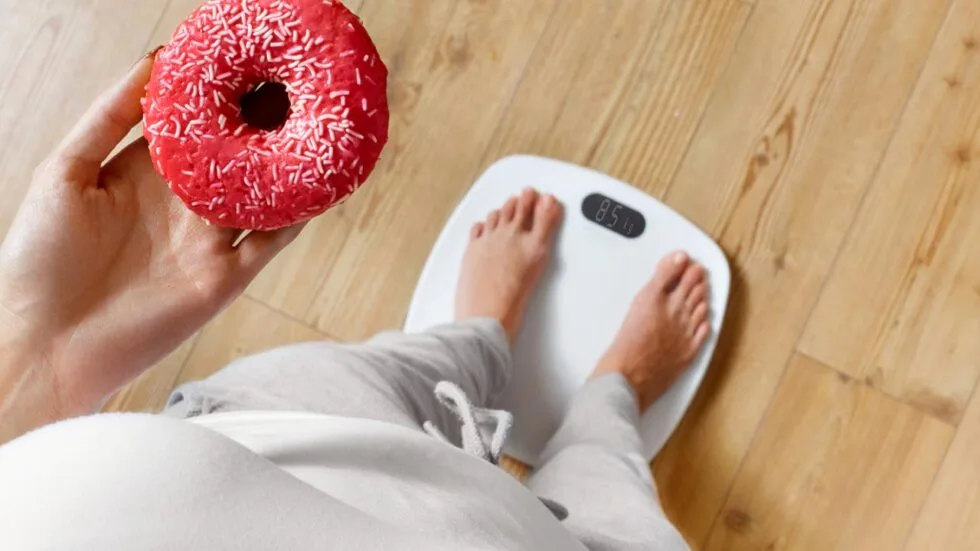The World Health Organization has defined obesity and overweight as abnormal or excessive fat accumulation that may impair health. How do you consider an individual as obese or overweight? For adults, WHO defines overweight and obesity as follows:
- overweight is a BMI greater than or equal to 25
- obesity is a BMI greater than or equal to 30.
Imagine obesity as being one of the topmost causes of diseases not only in the United States but worldwide. There are many studies that link obesity from ethnicity, culture, race, age, and gender. It has become an alarming issue since many are suffering from heart diseases, diabetes, and so many other illnesses that if you’ll take a closer look, are very much preventable.
There is also a lot of literature discussing ways to lose weight of you’re above the normal index. They also share diet regiments and so many tips to lose those extra kilos. But did you know that Physical Therapy can also help you with your obesity problems?
Still skeptical about it? We will be discussing 4 ways your physical therapist assists you with obesity and how PT can help you manage and prevent those weight in a much healthier way.
Let’s be honest, For many overweight and obese people, exercise is a real pain — in the back of the knees or the ankles in particular. Simple movements like walking or climbing stairs can cause discomfort and not to mention catching your breath longer than usual. Medically speaking, excess weight stresses joints, affects proper movement, and predisposes them to osteoarthritis, tendonitis, overuse injuries, and a host of other health problems. Using various methods, physical therapists (PTs) are helping the overweight and obese get more active and fit by teaching them how to move in ways that are pain-free and even fun.
Here are 4 ways your physical therapist assists you with obesity.
Pain reduction
Keep in mind that before your Physical Therapist will do something, a thorough assessment and program will be made specifically for your needs. This is to help you safely perform activities with less pain as compared to doing it alone in the gym.
Improve cardiovascular fitness.
One of the goals of physical therapy for overweight and obese patients is to improve their cardiac performance. Your therapist will design a “heart-healthy” aerobic exercise program for you, to elevate your body’s metabolism and burn more calories. Physical therapists help people find fun aerobic activities they can perform at their own comfort level.
Improve strength and movement.
Your physical therapist will teach you exercises to address any muscle weakness you may have or to improve your overall muscle strength, and at the same time help restore normal movement of stiff joints. These exercises might begin with passive motions, but it will target building strength in muscles that can help burn calories, make daily activities easier, and relieve joint pain. Gentle and low-impact forms of weight training performed with exercise bands can help avoid joint stress.
Improve flexibility and posture.
Your physical therapist will determine if any of your major muscles are tight and teach you how to gently stretch them. They will also assess your posture, and teach you exercises to improve your ability to maintain proper posture. Good posture can make difficult activities easier and less painful, and even improve your breathing.
You can manage obesity in the safest and fun way without worrying if you’ll injure something in the body. Many of us have that fear, but education is the key to be informed about possible ways to address the problem in our weight.
Tribeca Physical Therapy is officially reopened for in-person physical therapy sessions and continues to offer Telehealth PT or Virtual PT. Call us at 2124068080 or message us and book your first session free.



